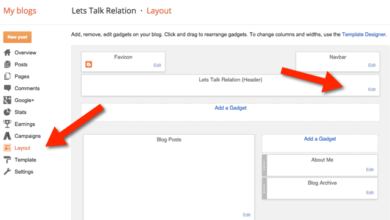Are you contemplating starting your own catering business or just intrigued by the behind-the-scenes logistics of a successful catering operation? The thought of efficiently transporting and maintaining the temperature of trays and trays of food might be playing on your mind. How do catering companies manage to deliver scrumptious meals to various events without compromising on quality? Let’s delve into the secrets of the catering industry, uncovering the specialized equipment and meticulous planning that make it all possible.
The Transportation Arsenal: Vans and Insulated Containers
1. Vans: Catering companies rely on specially equipped vans to safely transport food. Some vans even come with built-in refrigeration systems. If you’re considering starting your own catering venture, investing in the right van is crucial. Fleetco Catering Vans and Convoy are two well-regarded companies in the industry that offer customizable solutions tailored to your specific needs.
Fleetco builds refrigerated vans using industry-leading Thermo King and Carrier refrigeration units, capable of maintaining both chill and sub-zero temperatures. Convoy, on the other hand, provides a wider range of sizes, ensuring your catering van is customized precisely to your requirements.
2. Special Insulated Trays:
To keep food at the desired temperature during transportation, caterers use special trays. These trays are designed not only to maintain the temperature but also to ensure the food stays fresh throughout the event.
Temperature Management and Loading Techniques
1. Storing and Loading: Storing warm food at 140 degrees Fahrenheit and cold food below 41 degrees is crucial. Caterers use specially designed vans with additional storage options like shelves and ice chests. These features help in maintaining versatile temperatures and secure storage during transportation.
Special straps are often attached to the shelves inside the vans to hold food trays securely, preventing any spills or mishaps during transit.
2. Loading Process:
Efficient loading is as crucial as temperature management. Caterers meticulously organize their vans to accommodate linens, glasses, dishes, pots, pans, silverware, and other necessities. Special care is taken to ensure that everything is loaded securely to avoid any mess during transit.
Transportation of items on and off the van is facilitated by either manual handling or the use of trolleys, similar to those used by moving companies. These trolleys help transport stacks of containers without heavy lifting.
Contingency Plans: When Things Go Wrong
Despite careful planning, there’s always a chance that something could go wrong during transportation. Caterers often prepare a little extra food as a buffer in case of unforeseen circumstances. Customers are typically not charged for these extra meals, and in case of significant issues, a deposit is refunded to ensure customer satisfaction.
Whether you’re an aspiring catering business owner or simply curious about the intricacies of the industry, there’s more to catering than meets the eye. Vans, trays, and transportation are all critical components that ensure your event’s culinary experience is a success. Understanding these elements sheds light on the meticulous planning and dedication that go into making every catering venture a seamless and delicious affair.

